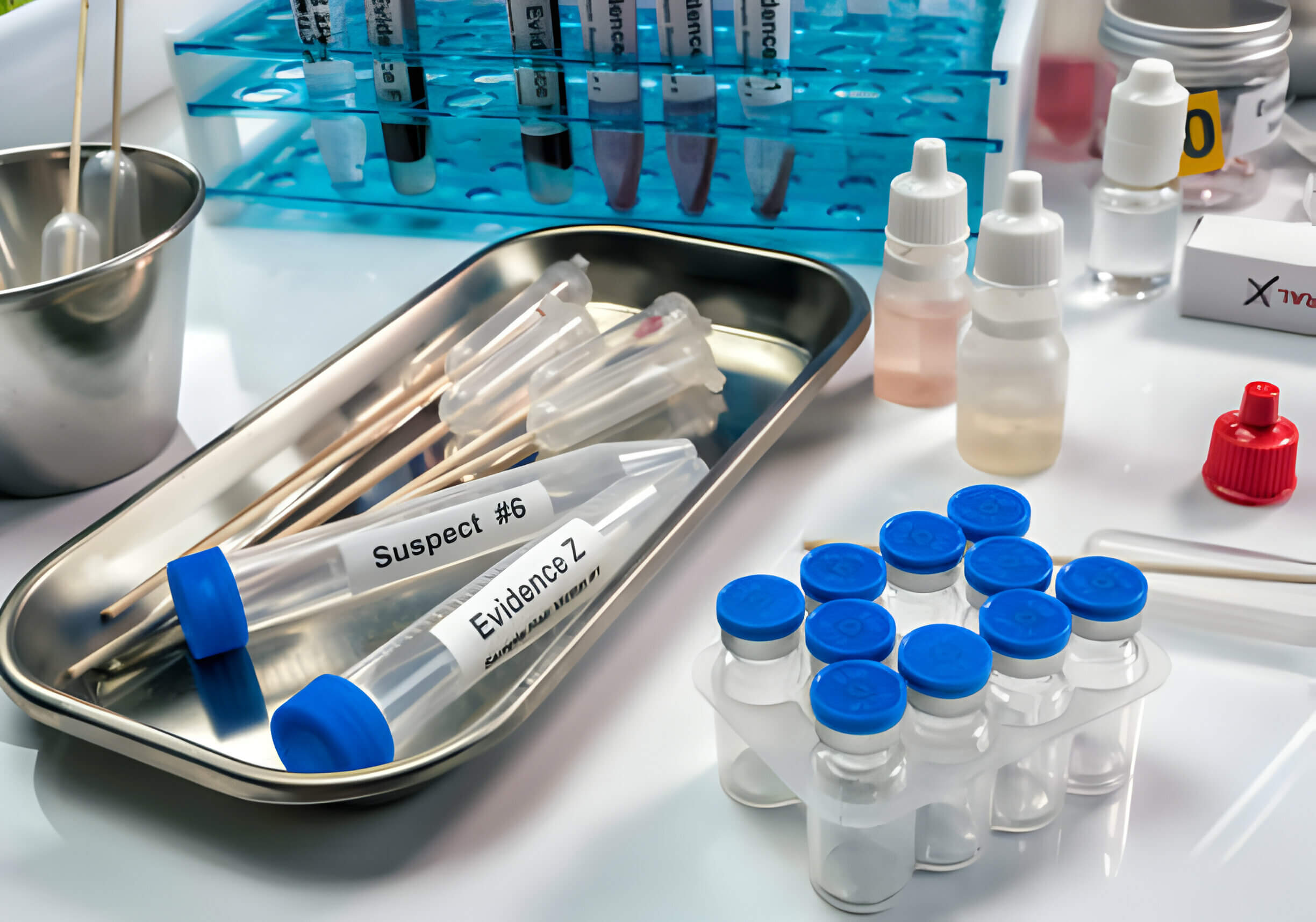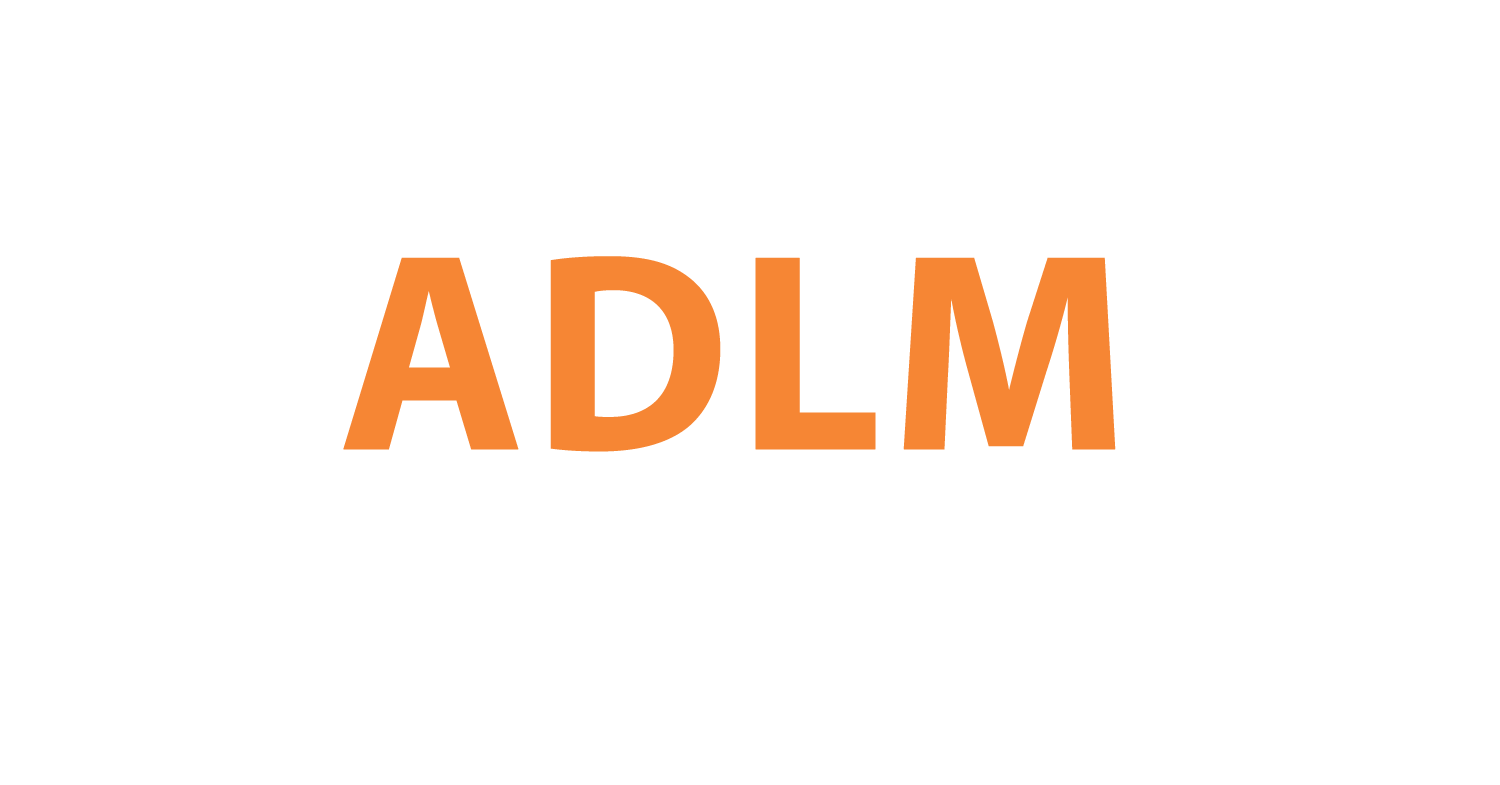Everything You Need to Know About Buccal Swabs for Forensics

Introduction
Buccal swabs are cotton-tipped applicators that are used to collect cells from the inside of a person's cheek. The cheek cells contain DNA that can be used for forensic DNA testing and analysis.
Buccal swabs provide a quick, non-invasive way to collect DNA samples that can be compared to other DNA evidence found at a crime scene. They are often used when investigating crimes to rule suspects in or out by matching their DNA to DNA left behind by the perpetrator. For example, buccal swabs may be taken from a suspect and compared to DNA evidence such as blood, semen, skin cells or hair follicles collected from the victim or crime scene. If the DNA does not match between the swab and evidence, it can potentially exonerate the suspect. Buccal swabs are also used to create DNA profiles that are stored in law enforcement databases.
What is a Buccal Swab?
A buccal swab, also known as a cheek swab, is a tool used in forensic science, genetics, and medical diagnostics to collect DNA from the cells on the inside of a person's cheek. The term 'buccal' refers to the mouth or cheek cavity.
The swab itself is similar to a regular cotton swab, but is often longer and has a smaller tip. By carefully brushing the inside of the mouth or cheek with the swab, cells are collected. These cells attached to the buccal swab can be used for various forms of analysis.
Special attention is given to the firm but gentle rubbing and turning of the swab against the inner side of the cheek. This ensures the collection of buccal cells, which are rich in DNA, rather than just saliva which would not provide a robust DNA sample.
In a forensic context, the buccal swab is a non-invasive, simple to use, and quick method to collect DNA from an individual. This DNA can be utilised as a reference sample to compare with other DNA found at a crime scene.
Consequently, the buccal swab has become an instrumental tool in forensic investigations, whether it's helping to identify a perpetrator through DNA matching, exonerating someone who has been falsely accused, or even identifying the deceased.
Due to the sensitive nature of this process, the collection, handling, and transportation of buccal swabs are performed under strict procedural guidelines to avoid contamination and to ensure the integrity and accuracy of the ultimate DNA analysis.
The Procedure of Buccal Swab Collection
Contents of a Buccal Swab Collection Kit:
-
✅ Cotton, foam, or flocked swabs
-
✅ Gloves
-
✅ Tamper-evident seals
-
✅ Swab information card
-
✅ Desiccant packet
-
✅ Mailing envelope
Procedure:
-
✅ Avoid eating/drinking 30 mins prior
-
✅ Wash hands; put on gloves
-
✅ Carefully remove swab; avoid touching tip
-
✅ Hold swab close to end of handle
-
✅ Swab inside cheek firmly for 5-10 seconds
-
✅ Repeat on other cheek with same swab
-
✅ Air dry before placing in container
Aftercare/Storage:
-
✅ Allow to completely air dry first
-
✅ Place in breathable container like paper
-
✅ Label with ID and seal outer packaging
-
✅ Initial/date for chain of custody
-
✅ Store at room temp or in freezer
Importance of Buccal Swab in Forensic Analysis
Buccal swabs appear to be an accurate and convenient way to collect DNA for analysis compared to blood samples:
-
1. Buccal swabs had a high genotyping pass rate of 93-94% in the SNP multiplex assays, indicating the DNA extracted was of sufficient quality for this kind of genetic analysis.
-
2. The average DNA yield from buccal swabs was adequate (1.94 - 2.44 μg) to meet the quantitative requirements for high-throughput SNP multiplex platforms.
-
3. Buccal swabs are non-invasive, inexpensive, and easy to collect compared to blood draws. They can be self-collected and mailed back, allowing convenient collection from dispersed populations.
The DNA extracted from buccal swabs could certainly be used for DNA profiling in criminal investigations. DNA profiling looks at specific regions of DNA that tend to differ between individuals to generate a genetic "fingerprint." This allows identification or exclusion of suspects by matching evidence samples to reference profiles. The quality and quantity of DNA from buccal swabs seems sufficient for such applications.
As for real-life examples, DNA evidence from buccal swabs has helped exonerate wrongfully convicted individuals. For example, Chris Tapp's conviction in the 1996 murder of Angie Dodge was overturned after DNA testing excluded him as a contributor to samples found at the crime scene. Buccal swab DNA evidence has also helped identify unknown perpetrators, such as in the Golden State Killer case. So buccal swabs have proven useful in providing DNA evidence in criminal investigations.
Legal Aspects of Buccal Swab Collection
The collection of buccal swab samples carries not only scientific but also significant legal considerations. Considering DNA’s potential to expose sensitive personal information, it's important that rights are respected and privacy is maintained. The following are some legal aspects that surround the use of buccal swabs in forensic processing.
-
1. Obtaining Consent: An essential prerequisite to procuring a buccal swab is the informed consent of the individual, unless a law enforcement officer has a legitimate court-order or warrant. The individual should be informed about the process, purpose, potential uses, and any risks involved in a language they fully understand. This is done to protect the rights of the individual as per bioethics and human rights laws.
-
2. Specific Circumstances for Taking a Sample: Buccal swabs are generally collected from the accused or suspects under investigation. They may also be taken from victims or their close relatives for purposes of elimination or identification. In certain cases, like serious criminal offenses, law enforcement authorities may obtain a court order to collect a DNA sample involuntarily if necessary.
-
3. Usage Limit and DNA Databanks: The DNA collected from a buccal swab can be used solely for the purposes specified in the circumstances it was obtained. For instance, if it was obtained under a specific investigation, the DNA cannot be used for other purposes unless a court authorizes it or if consent is given for its expanded use. Under such fresco, come DNA databanks like the National DNA Index System, which collects and stores DNA profiles from criminal offenders for future reference.
-
4. Mandatory Requirements for Certain Offenders: All 50 states require convicted sex offenders to provide a DNA sample, and several states require DNA samples from all convicts of a crime. For example, in California, as per Penal Code section 296(a)(2)(C), all adults arrested for any felony must provide a buccal swab DNA sample.
-
5. State Laws: State laws differ concerning buccal swab collection; while some states collect DNA from all arrested individuals, others limit collection to certain felony arrests. In most states, refusing to provide a sample when required by law can result in additional charges and penalties.
These guidelines seek to strike a balance between empowering law enforcement to use this robust tool and safeguarding the civil and privacy rights of individuals. In this tug-of-war, each case is handled with meticulous attention to its unique demand while respecting the larger framework of human rights and justice.
Thus, buccal swabs serve as a powerful bridge between science and law, linking criminals to their crimes and ensuring justice for the innocent. Conversely, the legalities frame a boundary to balance the rights of individuals with the requirements of justice, making buccal swabs a symbol of progress in modern crime-solving.
Mantacc Buccal Swab for Forensic Analysis
Mantacc 93050V Forensic Collection Kit includes a buccal swab collection kit with a toothbrush-shaped tip. It's used for oral forensic and clinical diagnostic testing. The 93050V has a medical-grade PP handle and a non-woven cloth buccal/cheek swab.
The swab can be used for disease control, genetic testing, life sciences, and forensic evidence collection. To collect a specimen, hold the swab with the scoreline above your hand and insert it into your mouth.
Click to View → Mantacc 93050V Buccal Swab Collection Kit
References
-
1. Schiro G. Collection and Preservation of Evidence. In: Muth AS, editor. Forensic Medicine Sourcebook. Detroit: Omnigraphics, 1999; 45-59. Retrieved August 19 from http://www.forensicscienceresources.com/CAPE3.htm
-
2. Crime Scene and DNA Basics for Forensic Analysts
-
3. McMichael GL, Gibson CS, O'Callaghan ME, Goldwater PN, Dekker GA, Haan EA, MacLennan AH; South Australian Cerebral Palsy Research Group. DNA from buccal swabs suitable for high-throughput SNP multiplex analysis. J Biomol Tech. 2009 Dec;20(5):232-5. PMID: 19949693; PMCID: PMC2777348.
Related Posts
-
1. Buccal Swabs: A Complete Guide to Collecting & Analyzing DNA









